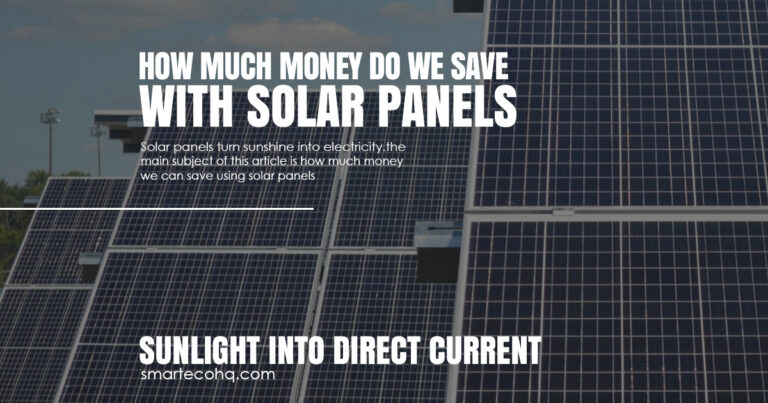Window Rating Energy Performance

Window rating :
Choosing the correct windows, doors and skylights is important for energy efficiency, whether you are building or renovating a house or business facility. Energy-saving products not only save money on energy bills but also contribute to a more pleasant and healthy living or working environment. Energy Performance Ratings are required to discover which goods are the most energy-efficient.
This blog gives an overview of the important energy performance ratings as well as explanations for each rating. You can make an informed selection and choose goods that will increase the energy efficiency of your house or building if you understand these ratings.
Window Rating
The Window Rating, also known as the Energy Star rating, is a system that measures the energy efficiency of a home’s windows and doors. This rating is based on a scale from 0 to 100, with higher numbers indicating higher energy efficiency.
1: Factors affecting windows rating:
Here are some factors that can affect a home’s Energy/Windows rating:
- U-Factor:
The U-Factor measures how well a window prevents heat from escaping.
- U-Factor has a range of 0.20 to 1.20.
- The lower the U-Factor value, the less heat a window allows to escape.
Look for windows with a lower U-Factor to get a greater resistance to heat flow and superior insulating value.
- Solar Heat Gain Coefficient
The Solar Heat Gain Coefficient (SHGC) measures the quantity of photovoltaic radiation that enters a window, door, or skylight. The lower the SHGC, the less photovoltaic heat the product transmits. This is mainly essential in hotter climates, where the place’s excessive solar warmth can lead to extended cooling costs. SHGC ratings generally vary from zero to 1, with decreased numbers indicating higher performance.
- Air Leakage
The air leakage value Ranges from 0.1 to 0.3, with lower numbers being desirable. The greater the amount of air that leaks out of a window, the less energy efficient the window is.
Window Rating for air leakage are commonly stated in Cubic feet of air per minute per square foot of window area (cfm/ft2).
- Visible Transmittance
The amount of light that passes through a window, door, or skylight is measured as visible transmittance (VT). Further light passes through the device when the VT rating is higher.
This is essential for natural illumination and can help lessen the requirement for artificial lighting during the day. VT ratings are normally assigned on a scale of 0 to 1, with higher values signifying greater performance.
2. Energy Star Ratings
Energy Star is a strategy that establishes energy efficiency standards for a variety of items, including windows, doors, and skylights. Categories that describe Energy Star criteria are often more Energy-Efficient than those that do not. Energy Star ratings consider factors such as the U-factor, SHGC, and air leakage, among others.
3. How to improve your Energy/Windows rating
There are several steps you can take to improve your home’s Energy/Windows rating, including:
- Changing to more energy-efficient windows and doors.
- Insulating the walls and attics.
- Air leaks around windows and doors should be sealed.
- Putting in energy-saving heating and cooling systems.
- Making the most of natural light in the home.
4. Benefits of Energy Performance Ratings
Window, Door and Skylight energy performance ratings can assist building owners and occupants in enhancing energy efficiency and lowering energy costs.
Buildings may decrease energy usage, carbon emissions and operating expenses by selecting goods with higher energy performance ratings.
Buildings that are more energy efficient can also be more comfortable for occupants, contributing to enhanced temperature management and indoor air quality.

Energy Performance Ratings for windows, doors and skylights are significant for increasing building fuel efficiency. Building owners may minimize Energy Consumption, Carbon Emissions and Operating Expenses while creating a more pleasant atmosphere for users by choosing goods with higher energy performance ratings. While choosing windows, doors and skylights, it is essential to look at the U-factor, SHGC, VT and AL Ratings to ensure that the goods fulfill energy efficiency criteria.






